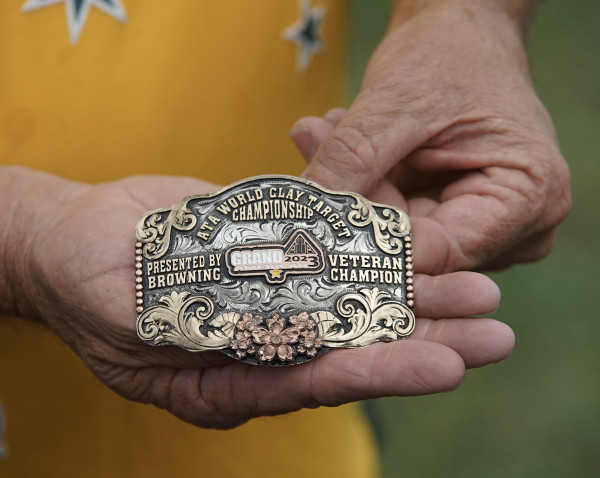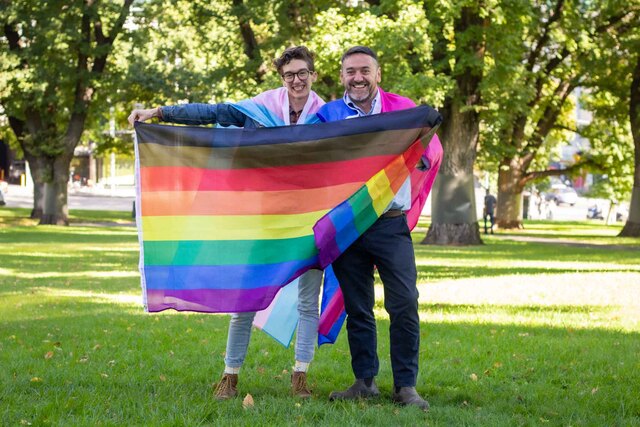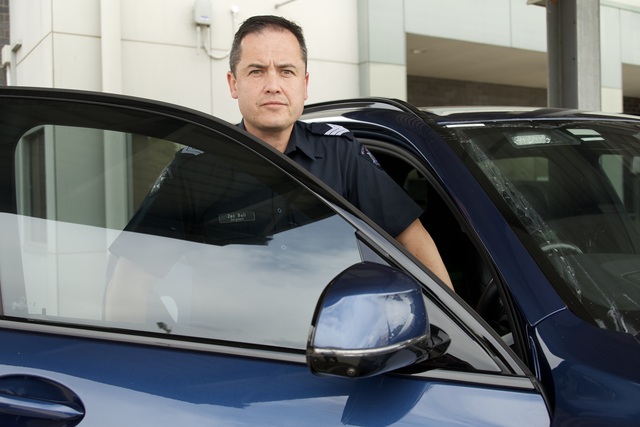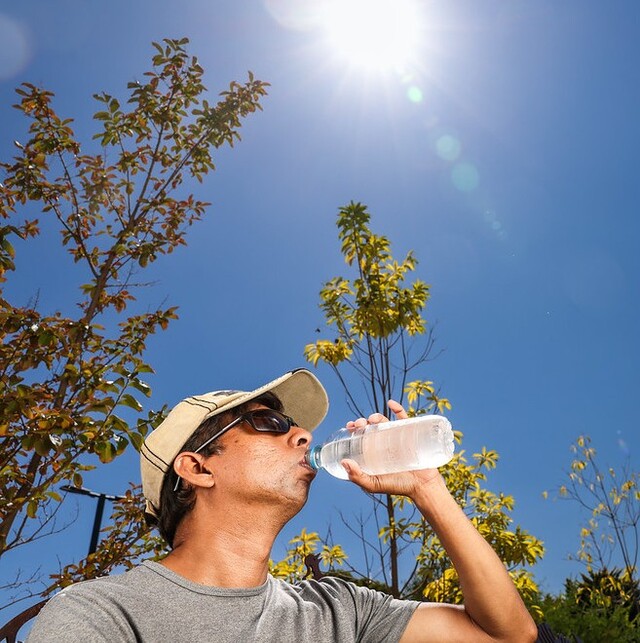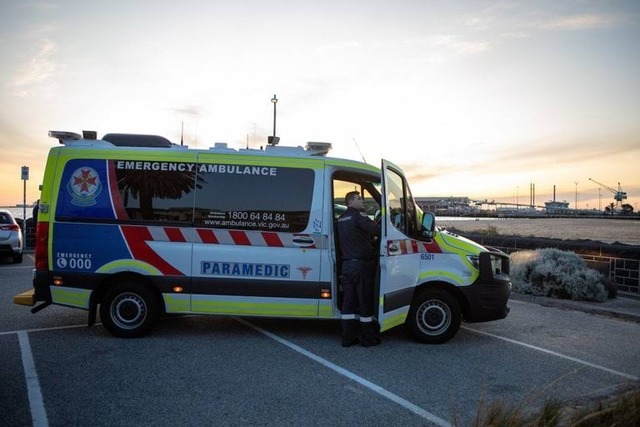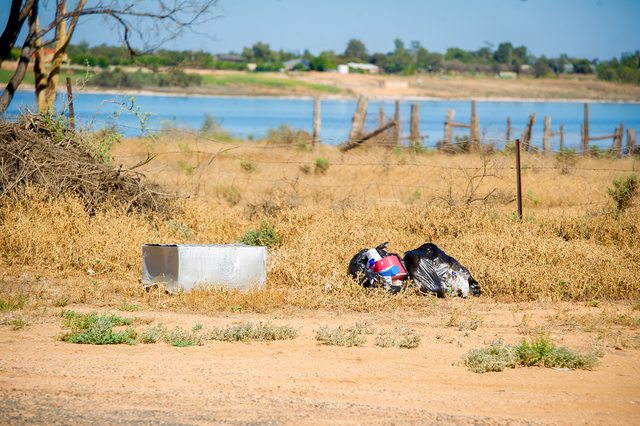IT took a long time, almost a lifetime, but Greg Hipwell finally made it – first to the Grand American shooting title in the US and then to a world title.
At the tender age of 69.
Coming off a Cohuna dairy farm in the family since 1907, the lifelong competition shooter first set his sights on the world-renowned Amateur Trapshooting Association of America Grand American tournament, held in Sparta, Illinois, in the 1980s. But the opportunity never came along until this year.
As part of his assault, Greg had invested in 34-inch barrels for his Caesar Guerini gun and was in the best form of his life – and super confident in his ability with the gun and its longer barrels.
This was a huge leap forward considering how long it can take to adjust to a new gun and shoot consistently. But after 18 months of putting countless shells through it, Greg was finally at a good point.
Competition shooting requires not just the physical skills in developing good technique, consistency, accuracy and stamina, there are also the psychological skills of focus and concentration. Any shooter will tell you most often poor performance comes down to ‘not having your head right’.
So imagine Greg’s horror at Sydney airport, where an unfortunate paperwork-gun registration number mismatch meant his gun would not leave Australia with its devastated owner.
Defeated, and probably ready to abandon the plane, discard the dream and head home, it was only the concerted effort of his travelling companions, that kept him on board – and on his way to glory.
“I just couldn’t believe it, I had done all my training with that gun, and it was all going so well, and suddenly there I was, with no gun and a plane to catch.
“I just wasn’t going to go, but even my kids were on the phone to Travis (Williams), one of the guys I was travelling with and telling him to drag me onto the plane,” he says with a laugh.
“Fortunately I did get on the plane, but the loss of the gun was just the beginning, from there it was one thing after the other.
A frantic conference was held 40,000 feet up, and the search began for a replacement gun, which ended up with Travis Williams contacting Ray Collins, another Aussie hotshot and a regular at the Grand American.
Collins kindly offered to hand over his beautiful spare Perazzi High Tech 5.
It is worth noting that early in his career Greg was quite famous for entering events with a last-minute borrowed gun – and winning.
Now locked and loaded, Greg appeared good to go, but admits during the next few days all he could think of was his missing gun and kept saying he was still 90 per cent sure he wasn’t going to shoot.
While most shooters understand the difficulty of picking up a new gun, what was confronting Greg was even harder.
He wasn’t just going to shoot with a borrowed gun, he was going into one of the toughest competitions in the world, against many of the best in the world.
If he was shooting Down Under, Greg might take part in three shoots of 25 targets each in an average weekend event – for one day. Even the longest the national titles, is five or six days and about 625 targets.
The Grand American runs for 11 days straight and is a spectacular feat of stamina. Each event is 100 targets, and there are three events a day (although the last five days drops back to two events a day).
That’s something like 2600 targets.
Greg, a formidable competitor since the ’80s, would have won more tournaments than anyone could imagine.
And although he stopped competing for quite some time, a few years ago he reconnected with the trap shooting scene and became good friends with Travis and Scott, who were part of Team Hipwell.
“We touched down at Las Vegas for a few days, with plans to fly on to St Louis, then drive up to Sparta on August 1,” Greg says.
“That would have given us time to get to the shooting grounds and spend the rest of the day practising before the tournament started the next day.”
But flight was cancelled – along with many others – because of bushfires and every attempt to rebook via other cities was in vain.
So they hired a car, drove more than five hours to Phoenix, and hopped a plane to St Louis, landing just before 2am, only to discover the car hire there did not open until 4am. But finally they got a break, got a car sooner and made the one-hour dash to the venue and fell into bed, jangled, jetlagged and a little jumpy.
“And we were up again three hours later to go and compete – we had arrived so late there was no time for practice,” Greg says.
By which time some sniffles Greg and others had developed in transit had turned into slightly more serious flu-like symptoms.
As expected, he took a few days to adjust to the Perazzi and his scores were in the high 90s most days – remarkable shooting, as all events were single barrel only. But not good enough for a win, and not the 100-straight Greg had dreamed of shooting.
Compounding his woes, the Perazzi has a high rib, with a long stock and shorter barrels, very different to the flat-rib gun he usually shoots.
But on the third-last day of competition, and the event was the 200 target ATA World Clay Target Championship – and Greg finally hit his straps and hit every target with a perfect 25-25-25-25.
Greg had his hundred, and there was more to come.
In the second set of 100 Greg again shot perfectly, enough to get him in the shoot-off that night.
Incredibly he hit his second 200 straight – by the time officials called it a night, to resume the following evening. Greg had shot 400 targets in a row and was one of just eight shooters left, and the only veteran or sub-veteran (55 years and over) still standing.
When the shoot resumed Greg kept on going, hitting his first 27 before a broken target, released at his call, and broke the spell.
In shooting 427 targets single barrel straight, Greg was crowned ATA World Clay Target Champion (veterans division) and No.8 in the open section.
“I shouldn’t have taken that shot, I should have lowered my gun as the angle was all wrong, but we had had a few broken targets and, in my mind, I just didn’t think it would happen again so soon,” he says.
“At that stage I had no idea I had already qualified to be world champion, it was just one of those things, but when you look back on all the things that had happened getting there, I guess you could agree I got a bit lucky.”
“I have shot 400 in Australia, but this was a very different level. This tournament had me shooting 1700 others and, let me tell you, the standard across that many people was so much higher than you get at home. They were world class, so many of them.”
The newly crowned world champion also reckons his other big win of the tournament – the coveted High Foreign Shooter (singles) title – was the real prize.
“In this shoot the Americans aren’t allowed to compete, and I was up against a Brazilian superstar, and we went target for target to 200 and then he missed one and I thought, ‘Bewdy, all I need is the next one and it’s mine’ – and that’s exactly what happened.
“No other Aussie there reached the 200 so I reckon this is pretty special.”
Greg also says he owes a lot of his success to genetics.
“My father Fred was a really good shot, although not a competitor, and my Cohuna cousin Reg Hipwell, himself a highly successful competition shooter, was a huge help for me early on, especially when shooting at targets coming from the left.”
“I just couldn’t hit them with consistency, but he altered my stance and after a month of practice I started hitting them all the time and winning tournaments.”
The fact he achieved all that he did after such a chaotic preparation, with a borrowed gun, is remarkable and a sporting achievement to be celebrated.
Asked if he was glad to see his own gun, Greg smiles and says: “What gun? Absolutely.”

